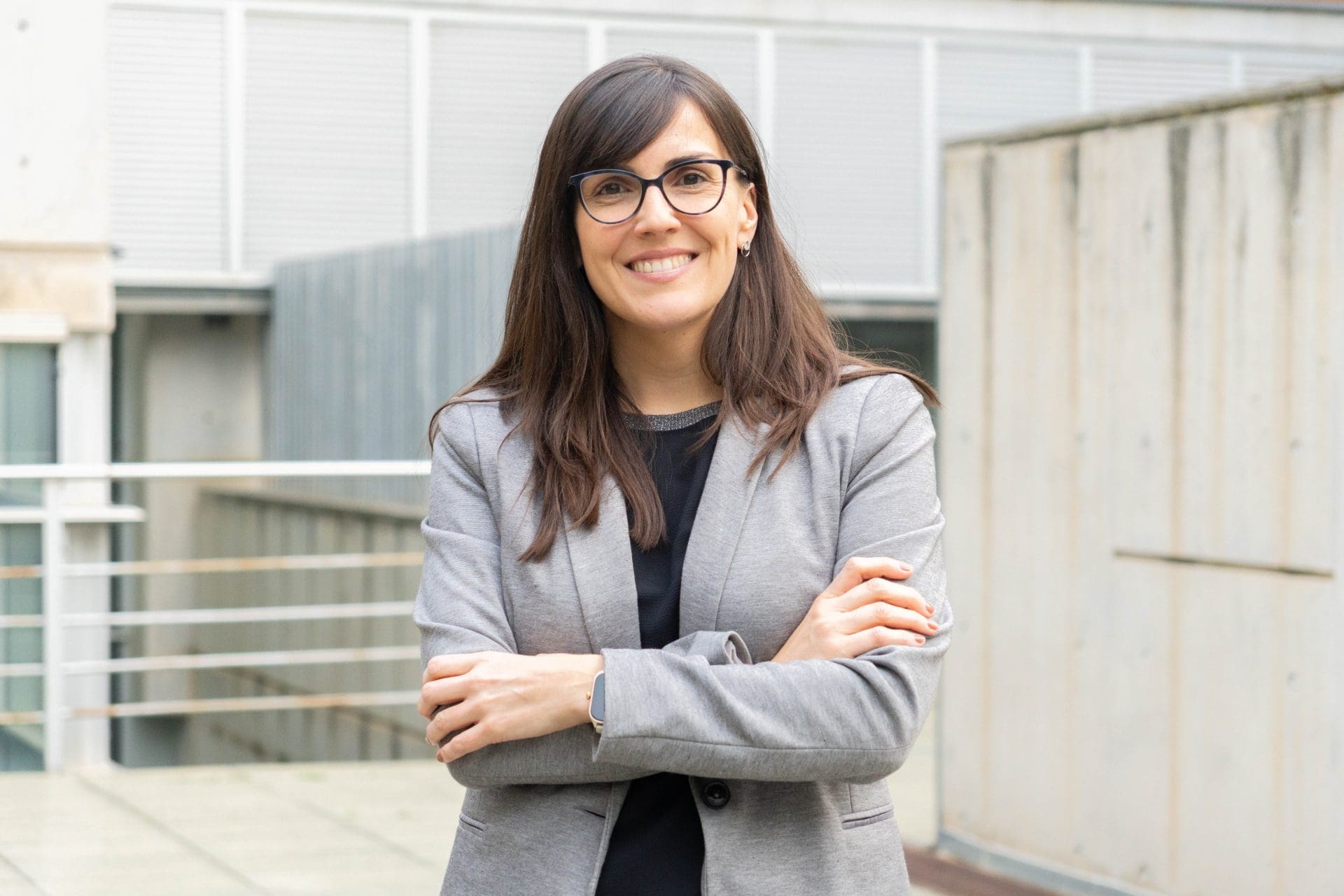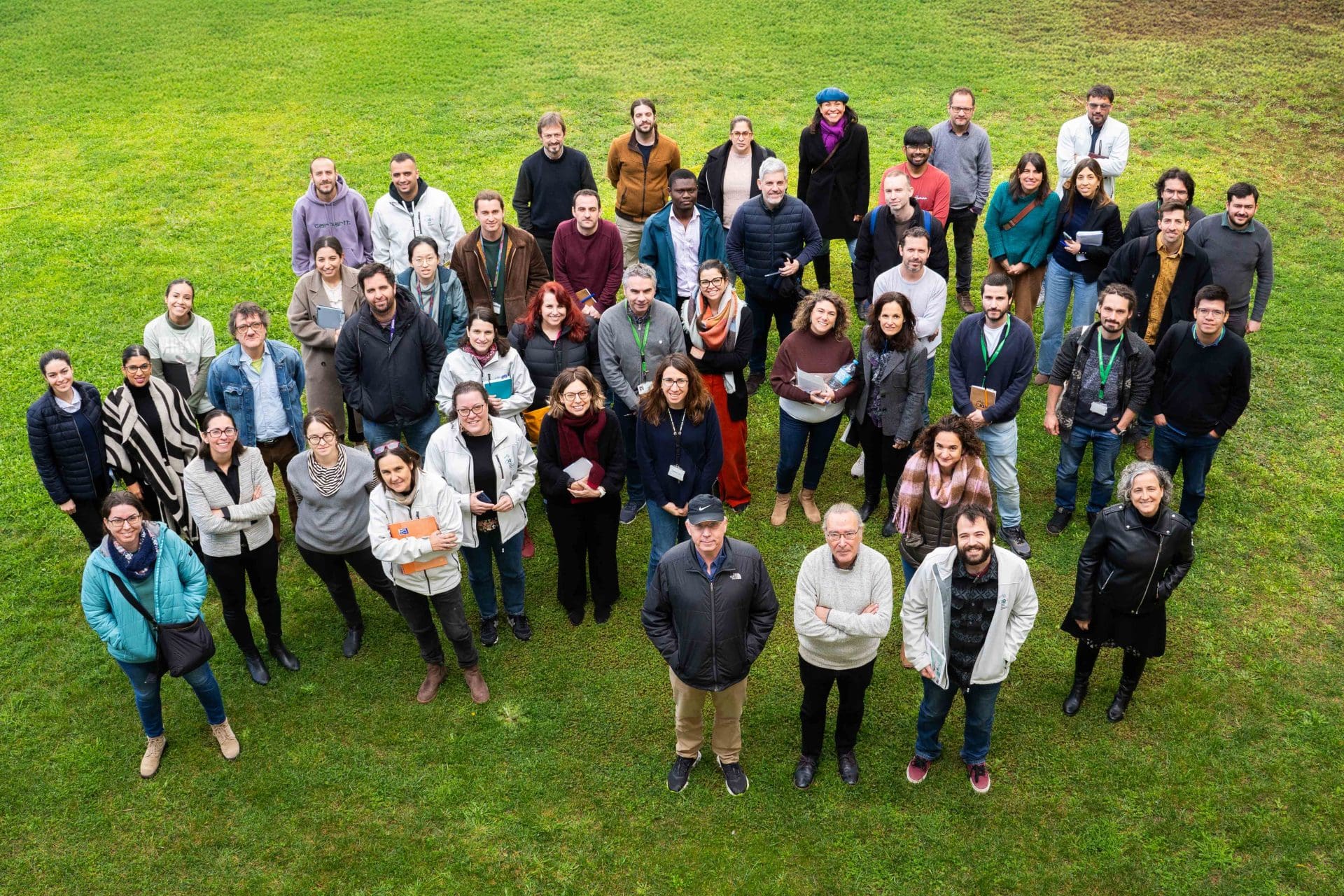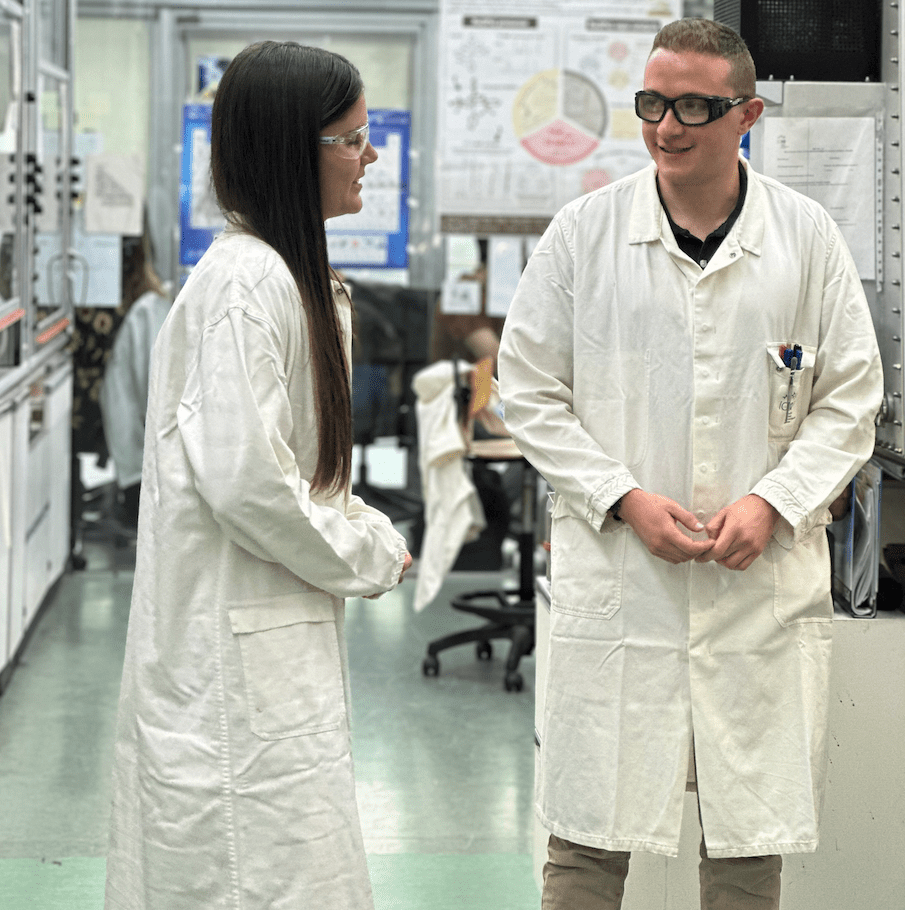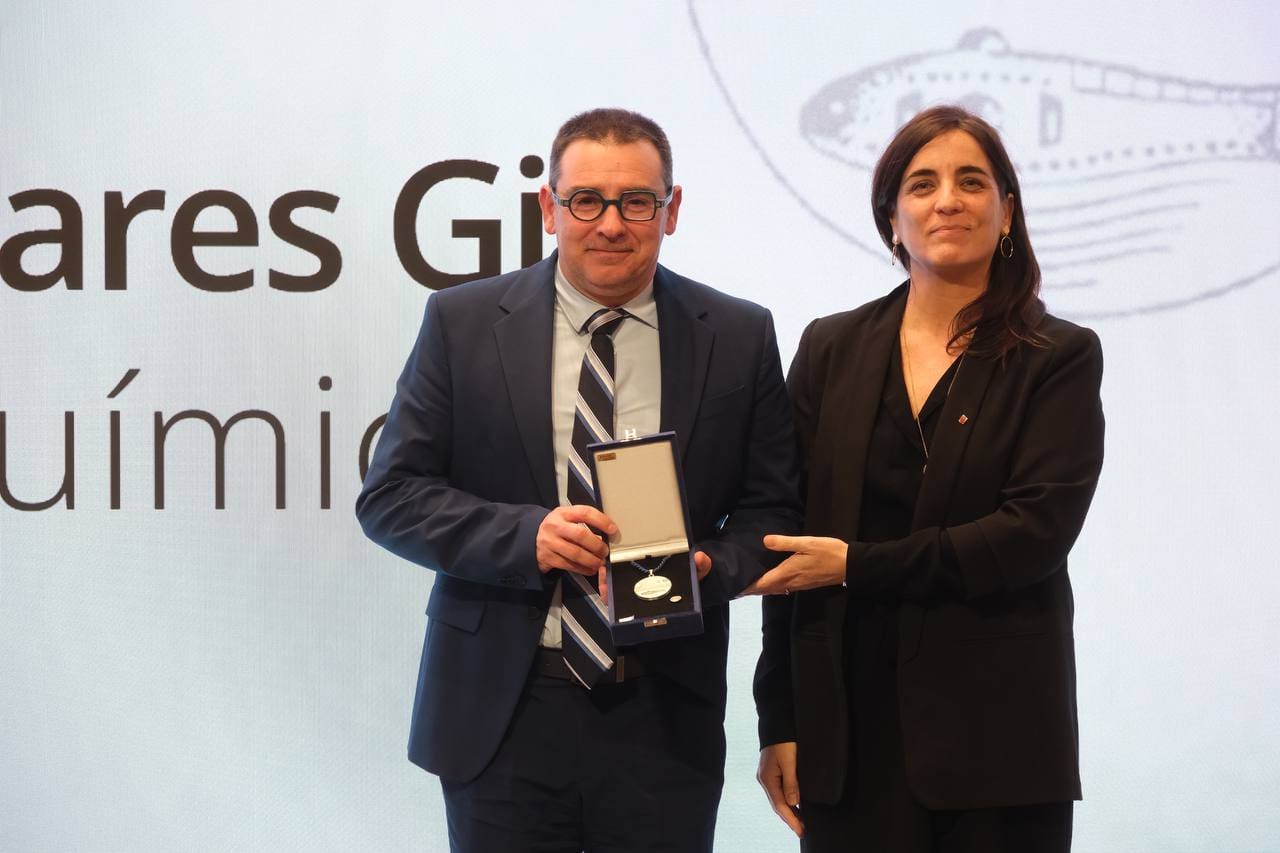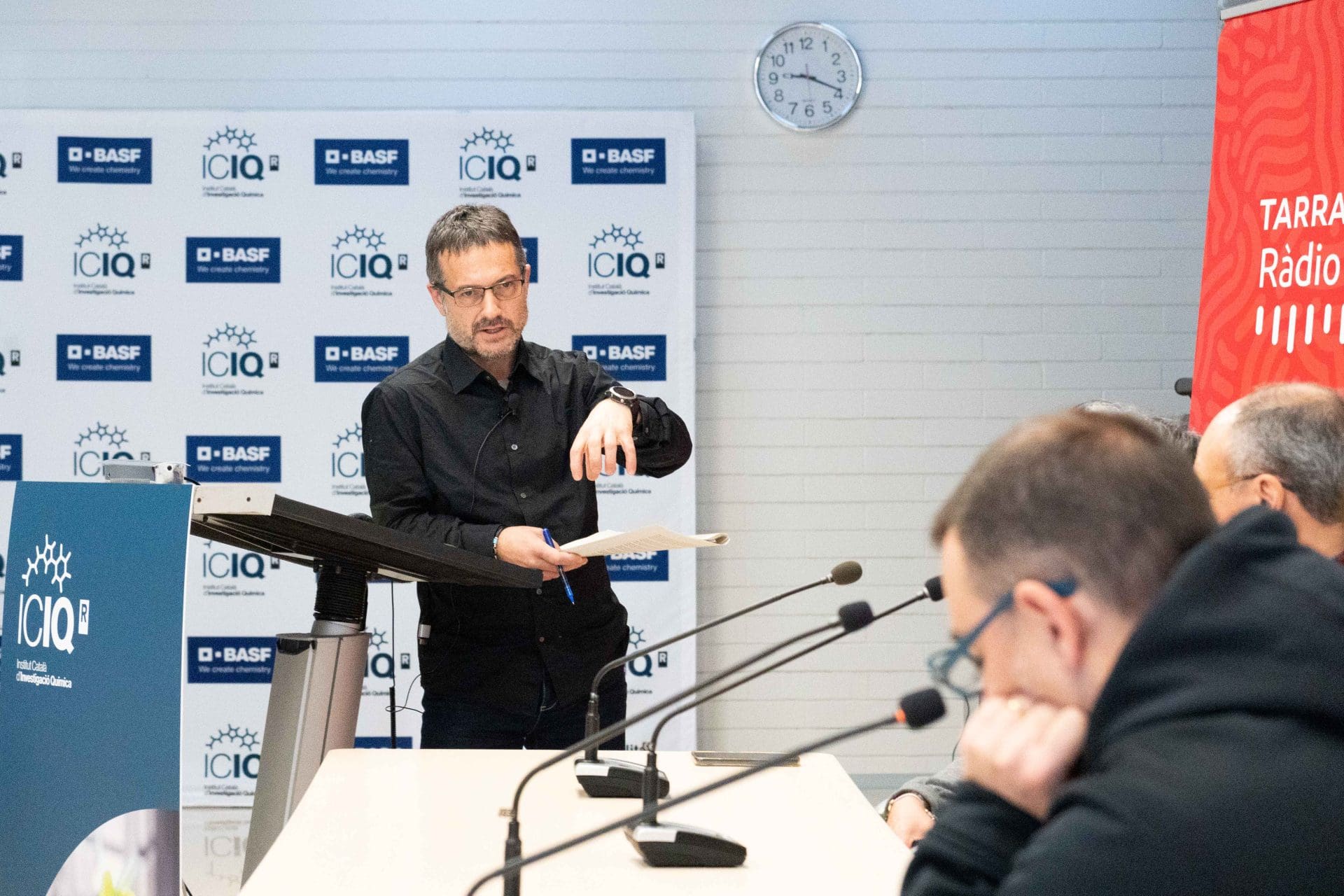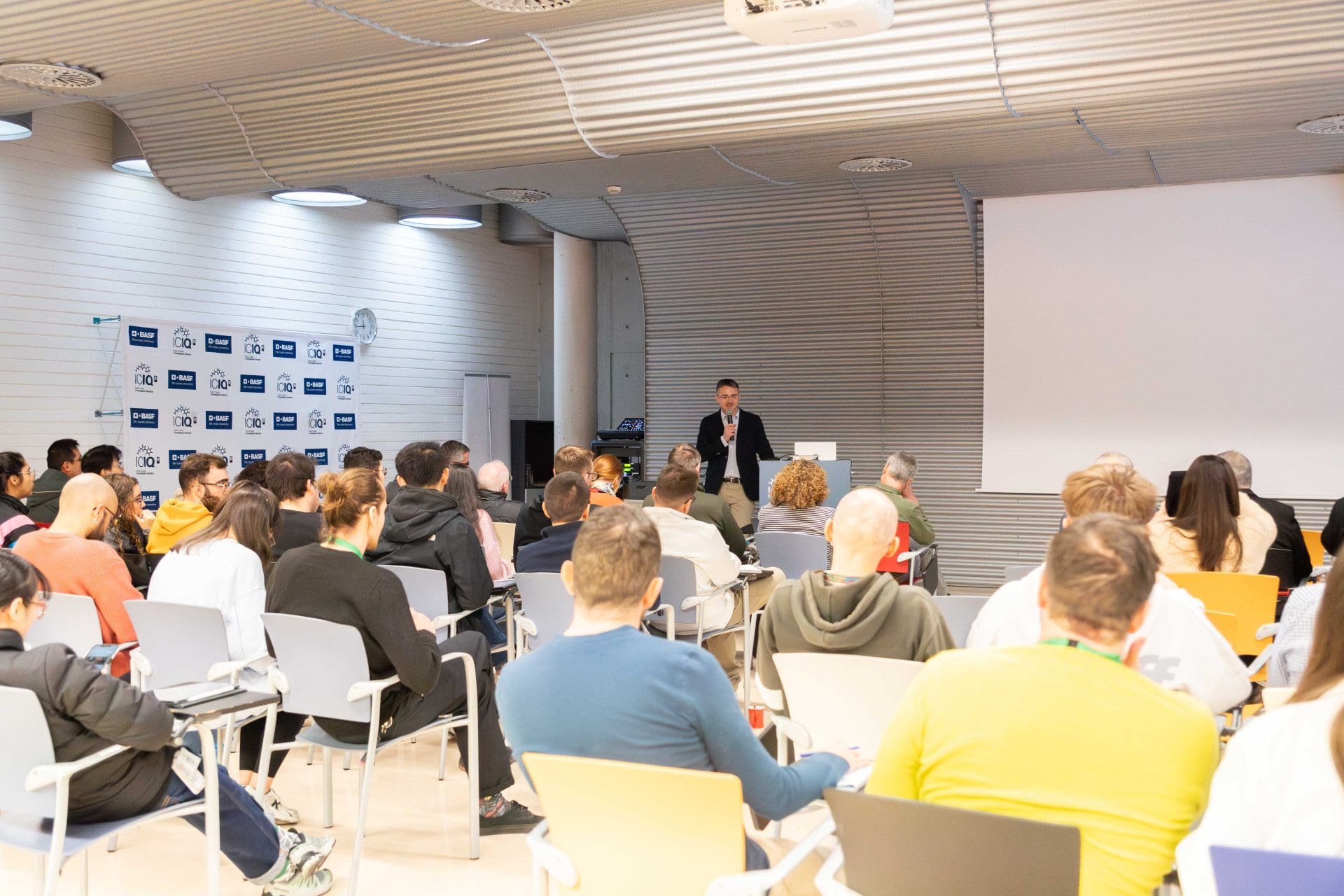New methodology for the study of organic solar cells' shelf-lifetime degradation
Researchers from the Palomares group and the NanoElectronic and Photonic Systems research group (NEPHOS) of the Electric, Electronic and Automatic Engineering Department at the URV have strong expertise in the study of solar cells. In their latest work, published in Sustainable Energy Fuels, they go even greener by using organic semiconductor materials such as plastic polymer or small molecules as their active layer to convert solar irradiation into electricity in organic solar cells.
In the last few years, organic solar cell technology has reached a significant milestone towards commercialization by exceeding 10% of efficiency (the parameter that calculates the portion of solar irradiation that can be converted into electricity by photovoltaic effect) and is now getting closer to 20% efficiency. The emergence of organic solar cells has attracted tremendous attention in scientific and industrial communities due to their potential properties such as semi-transparent, flexible, environmental-friendly, solution-processable, light-weight, low-cost, and scalability for roll-to-roll manufacturing. However, high efficiency and low-cost are not only the requirements to scale up the organic solar cell into the market.
The main objective of the scientists was to make organic solar cells more durable and increase their lifespan so that they can be produced at a commercial scale. Therefore, the research team has performed a stability study of organic solar cells in accordance with the internationally agreed ISOS stability protocol to understand the degradation mechanism. Their objective was to find strategies to make the shelf lifetime of this technology longer – especially while the device is stored.
Since the degradation mechanism in organic solar cells is thoroughly complex, the simple and commonly used electrical characterization of current density-voltage measurement was not enough to provide solid information to understand the dominating mechanism of performance degradation. This study represents a novelty in its field since the authors have combined for the first time two powerful techniques of impedance spectroscopy and transient photovoltage/photocurrent measurement to study shelf-lifetime degradation. Additionally, ISOS-D1 protocol was applied to organic solar cells under different environments to quantify the lifetime, stability and identify the predominant degradation mechanisms in it. They have also performed an inverted strategy and compared three different electron transport layers to know which one is the best strategy to improve the shelf-lifetime of organic solar cells. The findings of the work suggest that the main cause for the degradation of the organic solar cells is the formation of darkness traps in the interface of the device, and air exposure.
Reference: Alfonsina Abat Amelenan Torimtubun, Maria Méndez, José G. Sánchez, Josep Pallarès, Emilio Palomares and Lluis F. Marsal. Shelf lifetime analysis of organic solar cells combining frequency and time resolved techniques. Sustainable Energy Fuels, 2021, 5, 6498-6508. DOI: https://doi.org/10.1039/D1SE01107C
Related news

Let's create a brighter future
Join our team to work with renowned researchers, tackle groundbreaking
projects and contribute to meaningful scientific advancements
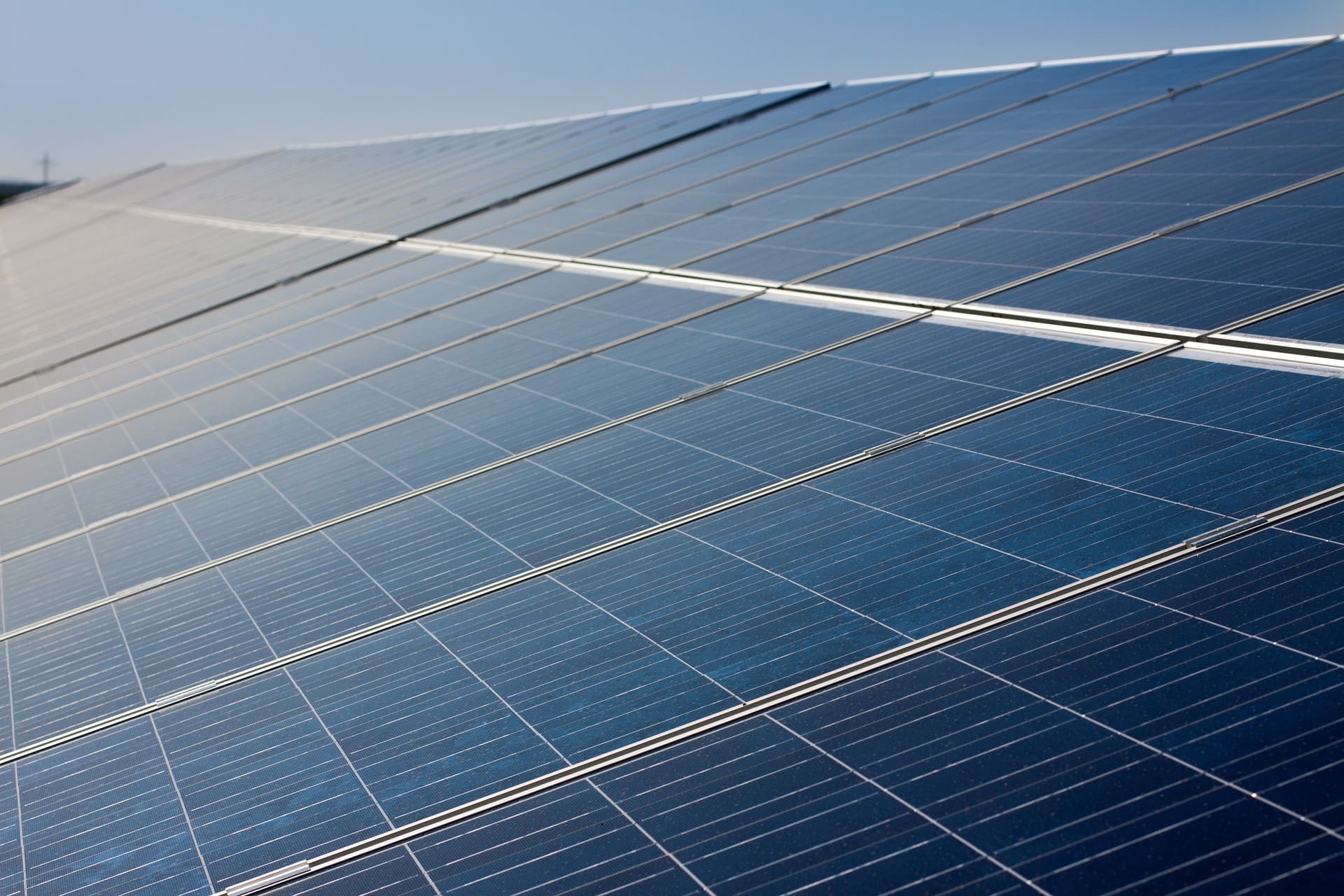






 26-03-2025
26-03-2025 